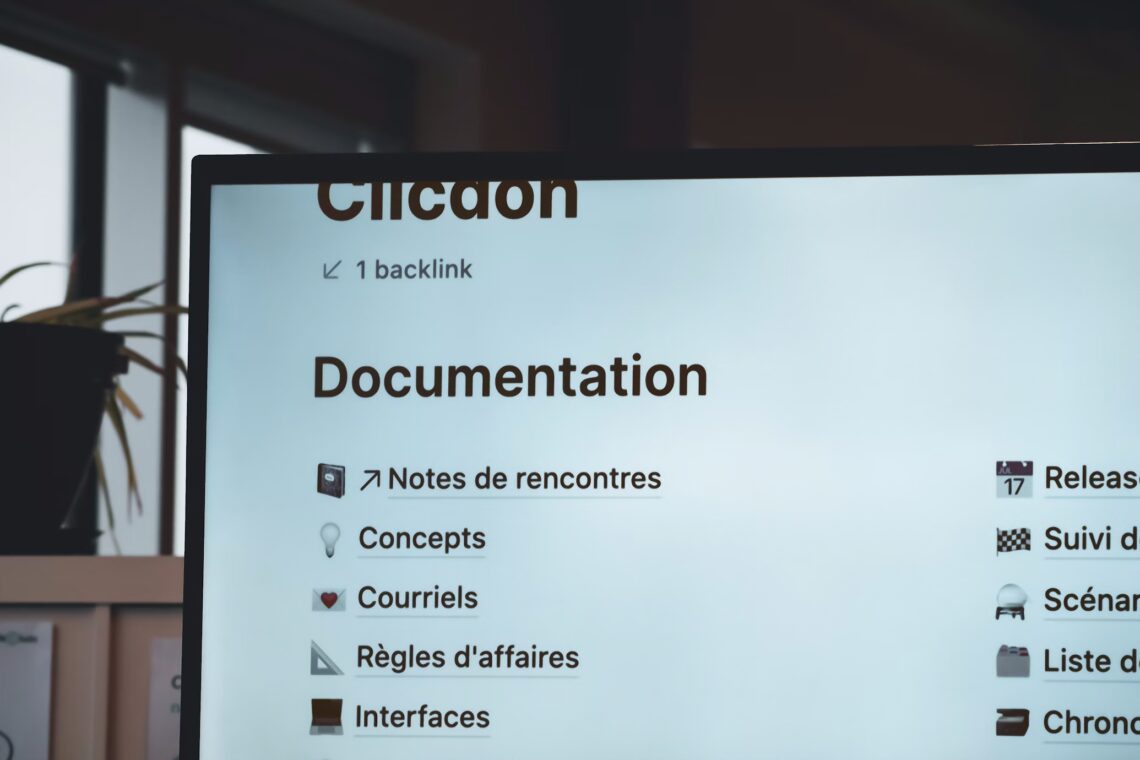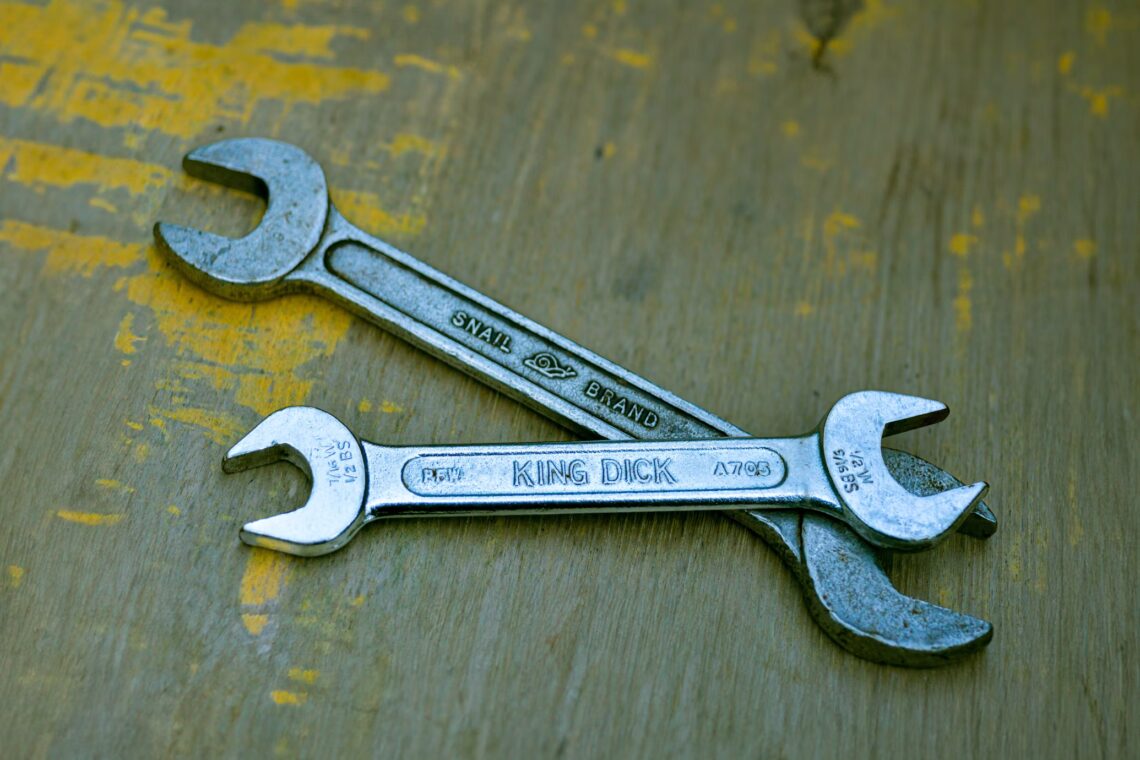Every enterprise that runs critical voice AI systems eventually faces one defining question — what happens when things go wrong? A failed cloud zone. A corrupted model checkpoint. A power outage at the wrong time. It’s not if, but when. Building an intelligent voice AI disaster recovery plan isn’t just…
Business Application
-
-
Voice AI Testing Strategies: Quality Assurance and Validation
Most voice AI testing strategies fail not because of poor intent accuracy, but because teams test too narrowly.They validate speech recognition and language models — yet forget the orchestration layers, API dependencies, and the real-world chaos of customer speech. In reality, testing voice AI systems is more like tuning an…
-
Voice AI Documentation: Best Practices for Technical Teams
Every scalable voice AI implementation begins not with code, but with documentation. It’s the unsung layer that decides whether your product evolves smoothly — or collapses under complexity. As teams grow and features expand, poor documentation becomes the silent killer of velocity. APIs go misunderstood. Voice logic gets re-engineered from…
-
Voice AI Team Structure: Roles and Responsibilities
Here’s the uncomfortable truth: most voice AI initiatives fail not because of bad technology — but because of poor team design. In 2025, deploying a voice AI platform isn’t a “tech project.” It’s a cross-functional initiative that blends engineering, data science, linguistics, design, and customer experience. Yet too many organizations…
-
Voice AI Maintenance: Keeping Your System Running Smoothly
It’s one thing to deploy a voice AI system. It’s another to keep it consistently performing after launch.That’s where most businesses stumble — not in building, but in maintaining. Think of it like running a fleet of self-driving cars. Each one performs beautifully on day one… until traffic conditions, road…





